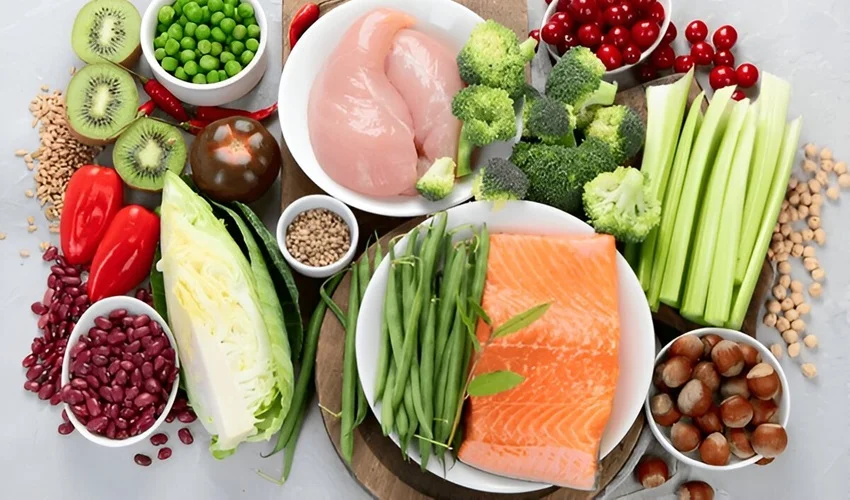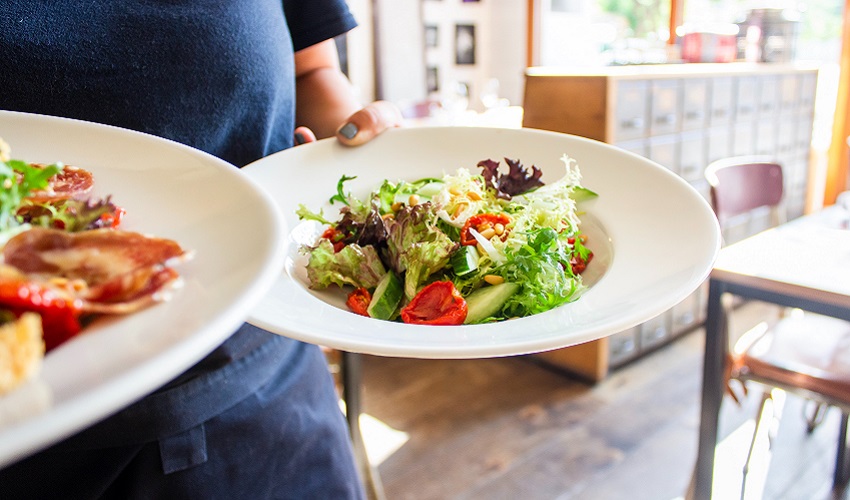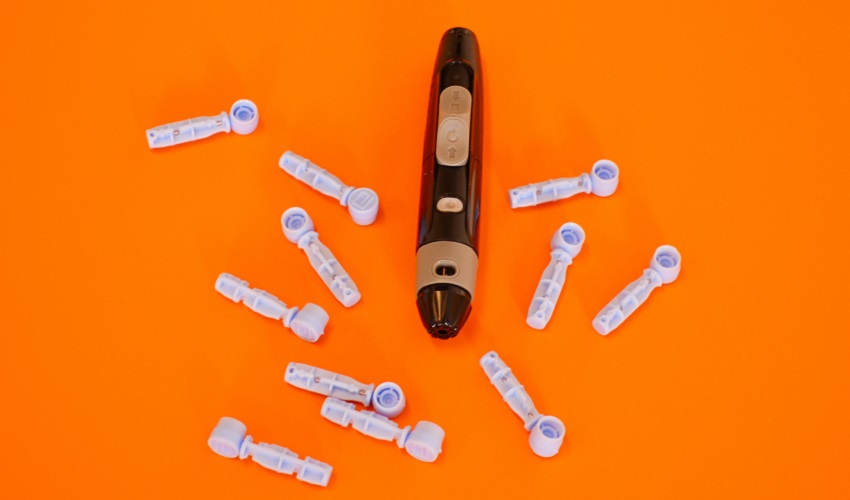Managing blood sugar levels is important not only for diabetes care but for healthier diet for everyone. Among the many tools available to understand how food impacts blood glucose, the Glycemic Index (GI) is a simple yet powerful guide. Whether you’re living with diabetes, prediabetes, or simply trying for a healthier lifestyle, the glycemic index can help you make informed food choices. Foods with better glycemic index are an ideal choice for all and not just for diabetics.
What is the Glycemic Index?
The glycemic index is a scale that ranks carbohydrates in foods based on how they affect blood sugar levels. It’s measured on a scale of 0 to 100:
- Low GI (55 or less): Slowly digested, leading to gradual rises in blood sugar.
- Medium GI (56-69): Moderately affects blood sugar levels.
- High GI (70 or above): Quickly digested, causing rapid spikes in blood sugar.
Why Does Glycemic Index Matter?
Choosing foods with a low GI helps:
- Stabilize blood sugar levels.
- Control hunger and cravings.
- Reduce the risk of complications like heart disease and insulin resistance.
Understanding How GI Works
The GI of a food depends on several factors:
- Type of carbohydrate: Simple sugars generally have a higher GI than complex carbs.
- Fiber content: High-fiber foods tend to have a lower GI.
- Processing and cooking: Processed or overcooked foods often have a higher GI.
- Fat and protein: These foods lower the GI by slowing digestion.
Low GI Foods: The Superstars
Incorporating low-GI foods into your diet can work wonders for blood sugar control. Here are some excellent options:
- Whole grains: Quinoa, barley, and steel-cut oats.
- Legumes: Lentils, chickpeas, and black beans.
- Non-starchy vegetables: Spinach, broccoli, and peppers.
- Fruits: Apples, berries, and oranges (in moderation).
- Nuts and seeds: Almonds, walnuts, and flaxseeds.
Foods with a High GI: Proceed with Caution
High-GI foods can cause blood sugar spikes and crashes. Their GI score is 70 or above. Common examples of high GI foods include:
- White bread and bagels.
- Sugary drinks like sodas and energy drinks.
- Processed snacks such as cookies and crackers.
- White rice and instant mashed potatoes.
While you don’t need to avoid these foods entirely, it’s essential to consume them in moderation and pair them with lower-GI options.
Medium Glycemic Index (GI) Foods: The Balanced Middle Ground
Medium GI foods have a glycemic index score ranging between 56 and 69. These foods cause a moderate rise in blood sugar levels compared to high GI foods, making them a balanced option for those seeking a steadier glucose response without the sharp spikes. Including medium GI foods in your diet can provide sustained energy, making them ideal for active individuals or as part of a balanced meal.
Examples of Medium GI Foods
Here are some common medium GI foods you can incorporate into your diet:
- Whole-grain bread (not all varieties are low GI).
- Brown rice
- Sweet corn
- Bananas (ripe)
- Oats (instant or processed)
- Pineapple
- Potatoes (boiled or baked, depending on preparation)
Benefits of Medium GI Foods
- Sustained Energy: These foods digest and absorb more slowly than high GI options, providing a steady energy supply.
- Great for Balanced Meals: Pairing medium GI foods with low GI foods can create a nutritionally complete plate.
- Ideal for Exercise: Athletes or individuals engaging in physical activity can benefit from the moderate and gradual energy release.
Tips for Managing Medium GI Foods
- Pair with Fiber-Rich Foods: Adding low-GI foods like vegetables or legumes can lower the overall glycemic impact of your meal.
- Consider Portion Sizes: Consuming large quantities of medium GI foods can still lead to elevated blood sugar levels.
- Choose Whole and Natural Options: Opt for whole-grain and less-processed foods in this category to retain nutrients and enhance health benefits.
Glycemic Load: Taking It a Step Further
While the GI measures how quickly a food raises blood sugar, Glycemic Load (GL) considers portion size. It’s calculated as:
GL = (GI x Carbohydrate Content in grams) / 100
Foods with a:
- Low GL (10 or less): Minimal impact on blood sugar.
- Medium GL (11-19): Moderate impact.
- High GL (20+): Significant impact.
For example, watermelon has a high GI but a low GL due to its low carbohydrate content. Understanding both GI and GL offers a more accurate picture of how food affects your blood sugar.
- High GI Foods Are Always Bad
- Low GI Means Unlimited Consumption
- GI is the Only Factor to Consider
- Not true. Foods like watermelon or carrots have high GIs but are packed with nutrients. Moderation and pairing with low-GI foods are key.
- Even low-GI foods contain calories and carbs. Balance and portion control are crucial. For example, chips, other fried products may be low GI but unhealthy and should be consumed in moderation.
- GI is a helpful tool but should be used alongside other nutritional information like calorie count, fiber, and protein content.
Tips for a Low-GI Diet
- Choose Whole Foods: Opt for minimally processed items like whole grains and fresh vegetables.
- Combine Foods: Pair carbs with proteins or healthy fats to lower the GI of a meal.
- Mind Cooking Methods: Steam or lightly boil instead of frying or overcooking.
- Add Fiber: Incorporate foods like beans, lentils, and flaxseeds.
- Plan Snacks Wisely: Choose options like nuts, seeds, or Greek yogurt instead of chips or candy.
Sample Meal Plan for a Low-GI Day
- Breakfast: Steel-cut oats topped with berries and chia seeds.
- Snack: A handful of almonds and an apple.
- Lunch: Quinoa salad with grilled chicken, avocado, and mixed greens.
- Snack: Greek yogurt with a drizzle of honey.
- Dinner: Baked salmon, roasted sweet potatoes, and steamed broccoli.




